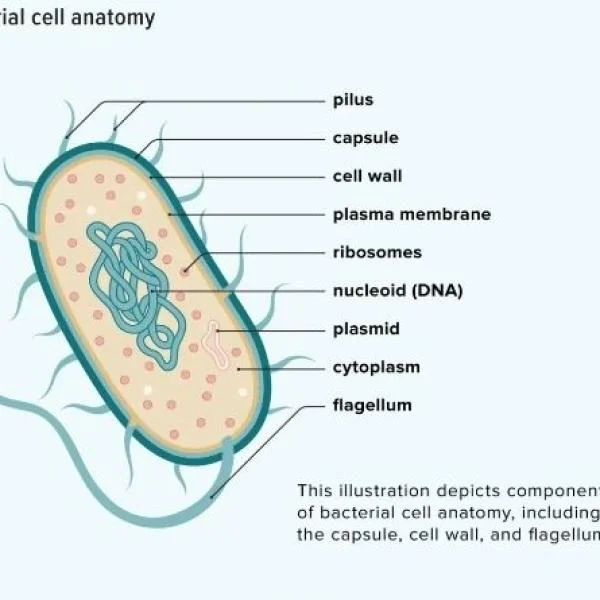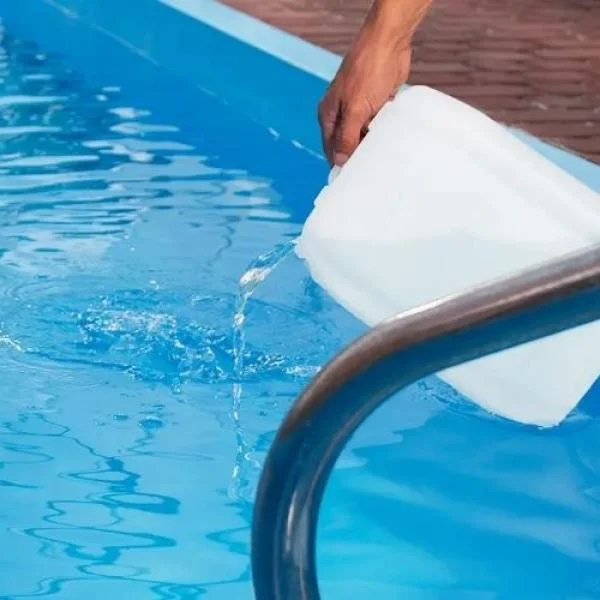
A well-maintained pond creates a stunning focal point in any landscape while providing a thriving habitat for aquatic life. Whether you're managing a garden pond, fish pond, or larger water feature, understanding effective pond treatments is crucial for maintaining water quality and ecosystem health. This comprehensive guide explores essential pond treatments and maintenance strategies to help you create and maintain a pristine aquatic environment.
Understanding the Importance of Pond Treatments
Regular pond treatments are essential for maintaining a balanced ecosystem that supports both plant and aquatic life. Without proper treatment, ponds can quickly become stagnant, leading to poor water quality and potential fish kills, particularly during seasonal changes when oxygen levels fluctuate dramatically. The right combination of treatments helps maintain proper oxygen levels, reduce harmful compounds, and create an environment where beneficial bacteria can thrive.
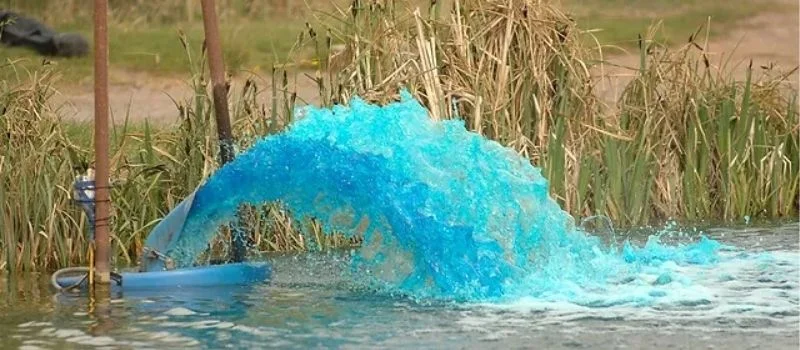
Regular pond treatments are essential for maintaining a balanced ecosystem
Key Signs Your Pond Needs Treatment
Early detection of pond problems is crucial for maintaining a healthy aquatic environment. When your pond water becomes cloudy or murky, making it difficult to see your fish, this indicates a significant water quality issue that requires immediate attention. Additionally, if you notice your fish swimming at the surface of the pond or detect a foul smell similar to rotten eggs, these are clear signs that toxic gases are building up from decaying organic matter at the bottom of your pond.
1. Poor Water Clarity
Healthy ponds should have clear water that allows you to easily see your fish. When water becomes cloudy, murky, or takes on a green tint, this indicates an algae outbreak or an excess of suspended particles that need to be addressed through appropriate treatment methods.
2. Bottom Sludge Formation
The accumulation of fish waste, decaying organic matter, and debris at the bottom of your pond creates an unpleasant sludge layer that can release toxic gases. This buildup not only affects water quality but can also prevent fish from swimming freely throughout the pond.
3. Unusual Fish Behavior
Fish swimming at the surface of the pond often indicates insufficient oxygen levels or poor water quality at lower depths. This behavior, combined with other symptoms like gasping for air, suggests an urgent need for aeration and water quality improvement.
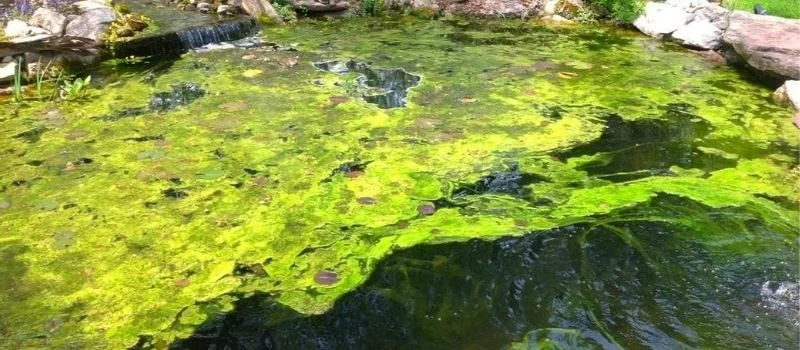
Key Signs Your Pond Needs Treatment
Essential Pond Treatment Solutions
1. Beneficial Bacteria Treatments
Beneficial bacteria are crucial microorganisms that perform essential functions in your pond's ecosystem. These natural cleaners work in your pond filter to transform harmful ammonia from fish waste and decomposing debris into nitrates, which serve as vital nutrients for pond plants. By maintaining a healthy population of beneficial bacteria, you create a self-sustaining system that naturally processes waste and maintains water quality.
2. Enzymatic Treatments and Sludge Control
Pond enzymes work alongside beneficial bacteria to accelerate the breakdown of organic matter, including algae and sludge. These treatments are particularly effective when used with proper aeration, as the decomposition process requires adequate oxygen levels. During warmer months, when oxygen levels naturally decrease, it's essential to maintain proper aeration to support the enzymatic breakdown process.
3. Algae Control Solutions
Chemical Treatments
Fish-safe algaecides provide targeted control of algae while ensuring the safety of your pond's inhabitants. These treatments must be carefully selected and dosed according to manufacturer instructions to maintain effectiveness without harming fish or beneficial organisms.
Physical Solutions
Bottom diffused aeration systems play a crucial role in preventing algae growth by increasing oxygen levels and promoting water circulation throughout the pond. This circulation eliminates the stagnant, anaerobic conditions where algae typically thrive and helps reduce phosphates that fuel algae growth.
4. Water Quality Management
Maintaining proper water chemistry requires regular monitoring of key parameters. The optimal pH range for pond water should be maintained between 7.5 and 8.5 to support fish health and beneficial bacterial activity. Regular testing of ammonia, nitrite, and nitrate levels helps identify potential problems before they become severe.
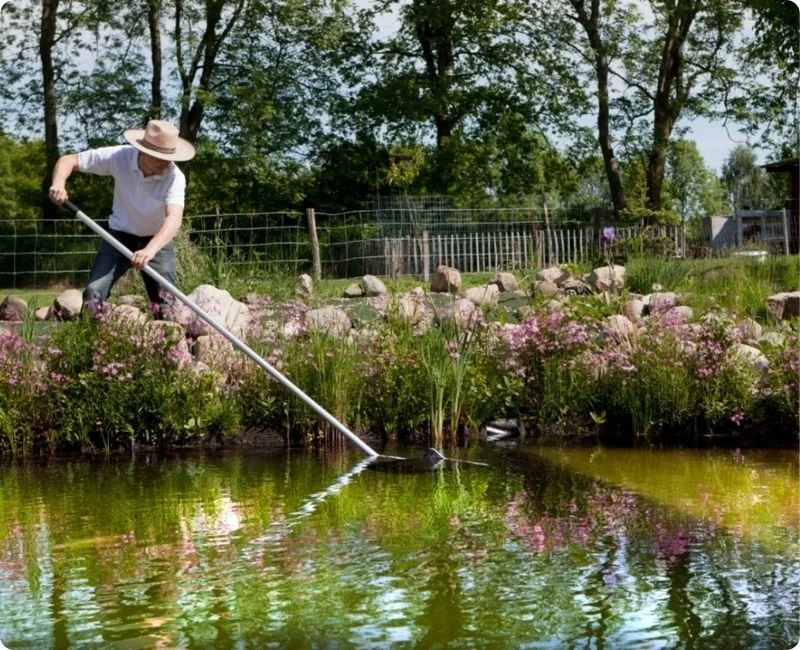
Essential Pond Treatment Solutions
Advanced Treatment Strategies
Aeration Systems
Proper aeration is fundamental to pond health, particularly in Canadian ponds where seasonal changes can dramatically affect water quality. Bottom diffused aeration systems help maintain consistent oxygen levels throughout the water column, prevent fall and spring turnover fish kills, and allow fish to thrive at all depths year-round.
Preventive Maintenance
Regular maintenance significantly reduces the need for corrective treatments. Weekly water testing, combined with proper filtration and debris removal, helps maintain optimal conditions and prevents many common pond problems before they develop.
Important Safety Factors and Recommended Procedures
When applying any pond treatment, it's crucial to follow manufacturer instructions precisely and monitor fish behavior closely afterward. Always choose products specifically labeled as safe for fish ponds and maintain proper documentation of all treatments and water quality parameters.
Long-term Pond Management
Regular Monitoring
Weekly water quality testing provides early warning of potential problems and allows for timely intervention before conditions deteriorate. Visual inspections of fish behavior and plant health should be conducted daily to identify any concerning changes.
Balanced Treatment Program
A comprehensive treatment approach combines beneficial bacteria, enzymes, and proper aeration to maintain optimal conditions. Treatment intensity should be adjusted seasonally, with particular attention paid to periods of high temperature or increased biological activity.
Ecosystem Management
Supporting beneficial bacteria populations through regular additions and maintaining proper plant coverage helps create a balanced ecosystem. Adequate filtration and regular cleaning prevent the buildup of organic matter that can lead to water quality problems.
Conclusion
Effective pond treatment requires a thorough understanding of various treatment methods and their proper application. By implementing a comprehensive maintenance program that includes beneficial bacteria, enzymatic treatments, proper aeration, and regular monitoring, you can maintain a healthy, beautiful pond ecosystem throughout the year. Remember that prevention through regular maintenance is more effective than treating problems after they develop, and early intervention when issues arise helps minimize stress on pond inhabitants.
Related Articles
The Role of Bacteria in Pond Health
Clear, healthy pond water isn't just a matter of luck – it's the result of countless microscopic ...
A Look at Bacterial Life: The Good, the Bad, and the Tiny
Bacteria , the microscopic organisms that have inhabited Earth for approximately 4 billion years, ...
Clear Water in a Flash: The Magic of Pool Flocculant
Maintaining a pristine swimming pool can be challenging, especially when dealing with persistent ...
Role of Ammonia in Everyday Cleaning and Industrial Applications
Ammonia is a versatile and widely used chemical compound with a significant role in both everyday ...
What Is Limescale and Why Should Care About It
Limescale is a common problem that affects many households, especially in areas with hard water. ...
Understanding The Dangers of Mixing Bleach and Ammonia
When it comes to household cleaning, bleach and ammonia are two powerful agents often used for ...


